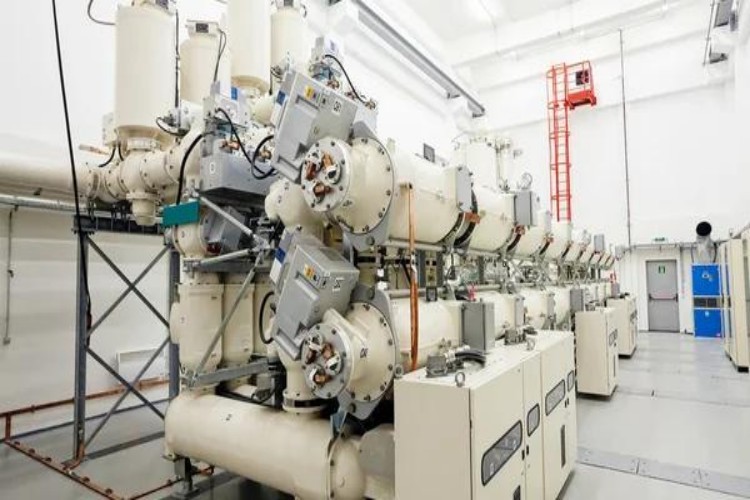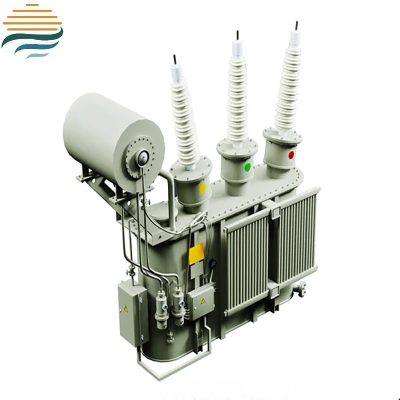Why Transformer Rating in kVA?
In the realm of electrical engineering, transformers play a pivotal role in power distribution systems. A common question that often arises is, “Why are transformers rated in kilovolt-amperes (kVA) instead of the more familiar kilowatts (kW)?” This choice of rating is not arbitrary but rather a result of the unique characteristics and operational requirements of transformers. Understanding the reasoning behind this rating system provides valuable insights into the design, operation, and application of these essential electrical devices.
The Nature of Transformers
Transformers are static electrical devices that transfer electrical energy from one circuit to another through electromagnetic induction. They are primarily used to step up or step down voltage levels while maintaining the frequency of the alternating current (AC). Unlike active devices such as generators or motors, transformers do not consume or generate electrical energy themselves. Instead, they simply transfer power from the primary side to the secondary side with minimal losses under ideal conditions.
Apparent Power and the kVA Rating
The rating of a transformer in kVA represents its apparent power capacity. Apparent power (S) is the vector sum of real power (P) and reactive power (Q) in an AC circuit and is calculated using the formula \(S = VI\), where \(V\) is the voltage and \(I\) is the current. In contrast, real power (measured in kW) represents the actual power consumed by a load to perform useful work and is calculated as \(P = VI\cos\theta\), where \(\cos\theta\) is the power factor of the load.
The power factor (\(\cos\theta\)) of a load can vary widely depending on the nature of the load. For example, resistive loads such as incandescent bulbs have a power factor of 1 (or 100%), meaning that all the apparent power is converted into real power. However, inductive loads like motors and transformers themselves, as well as capacitive loads, have a power factor less than 1. This means that a portion of the apparent power is used to create magnetic or electric fields and does not contribute to useful work.
Since a transformer can supply power to a variety of loads with different power factors, rating it in kVA provides a more comprehensive measure of its power-handling capability. By specifying the kVA rating, engineers and operators know the maximum voltage and current that the transformer can handle regardless of the load's power factor. This allows for greater flexibility in the design and operation of electrical systems.
Separation of Real and Reactive Power
Another reason for using kVA as the rating unit is to clearly distinguish between real and reactive power. Real power is dissipated as heat, mechanical work, or other forms of useful energy, while reactive power is stored and then released back into the circuit during each cycle of the AC waveform. Transformers are designed to handle both real and reactive power, and their kVA rating reflects this combined capacity.
By separating the concepts of real and reactive power, the kVA rating helps in the proper sizing and selection of transformers. If transformers were rated in kW, it would be difficult to account for the reactive power requirements of the load, leading to potential overloading or underutilization of the transformer. The kVA rating ensures that the transformer can handle the total power demand, including both real and reactive components, without exceeding its design limits.
Transformer Losses and Efficiency
Transformers have inherent losses, primarily in the form of copper losses (due to the resistance of the windings) and iron losses (due to hysteresis and eddy currents in the core). These losses are independent of the load's power factor and are directly related to the current and voltage levels in the transformer.
The kVA rating takes into account these losses and provides a measure of the total power that the transformer can transfer. By knowing the kVA rating and the actual load connected to the transformer, engineers can calculate the transformer's efficiency and ensure that it operates within its optimal range. This is crucial for minimizing energy losses and improving the overall performance of the electrical system.
Standardization and Compatibility
Using kVA as the standard rating for transformers also promotes standardization and compatibility in the electrical industry. It allows for easy comparison and interchangeability of transformers from different manufacturers. Regardless of the specific design or application, transformers with the same kVA rating can be expected to handle similar voltage and current levels, making it easier to design and maintain electrical systems.
In conclusion, the rating of transformers in kVA is a well-established practice in electrical engineering that stems from the unique characteristics and operational requirements of these devices. The kVA rating provides a comprehensive measure of a transformer's power-handling capability, taking into account both real and reactive power, while also accounting for losses and promoting standardization. Understanding why transformers are rated in kVA is essential for anyone involved in the design, operation, or maintenance of electrical systems, as it enables informed decision-making and ensures the efficient and reliable operation of these critical components.





